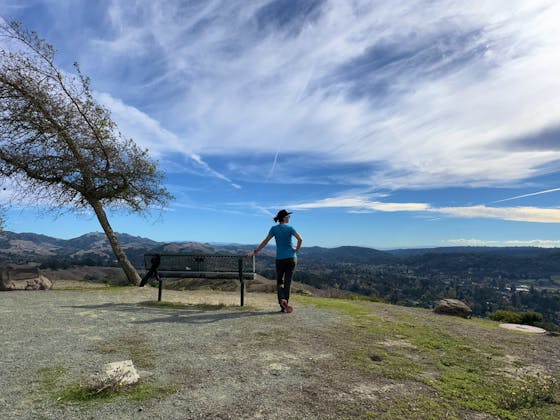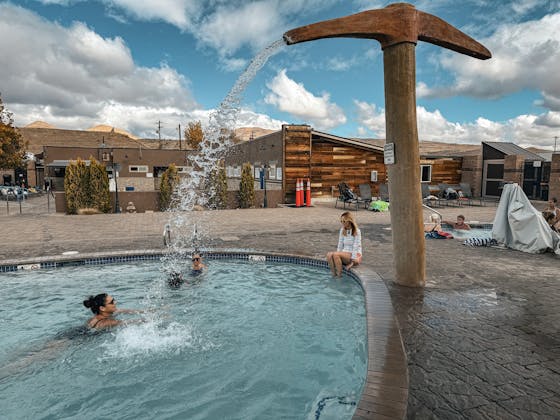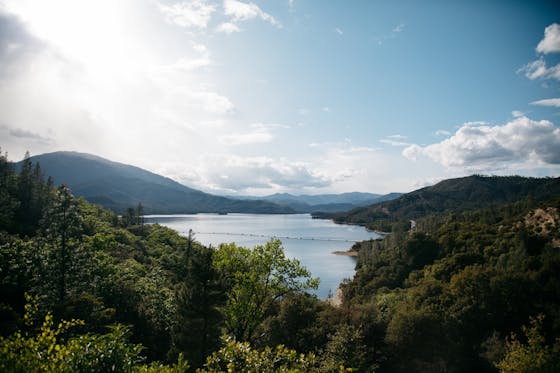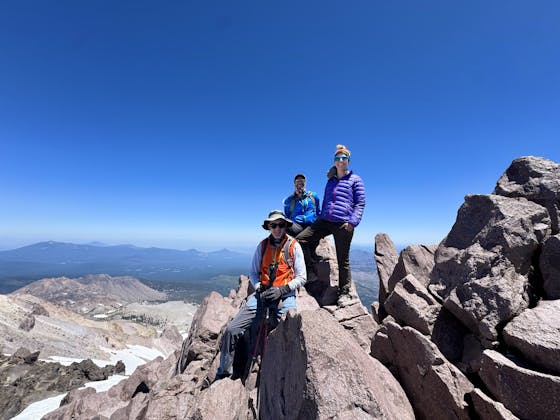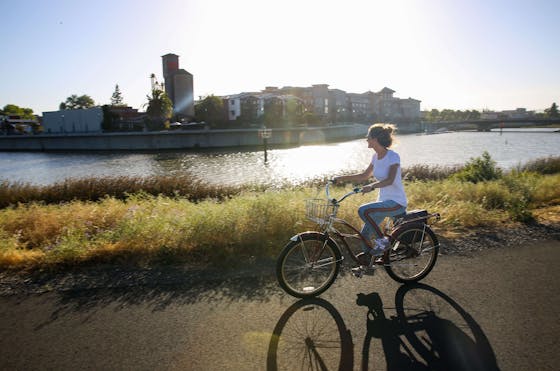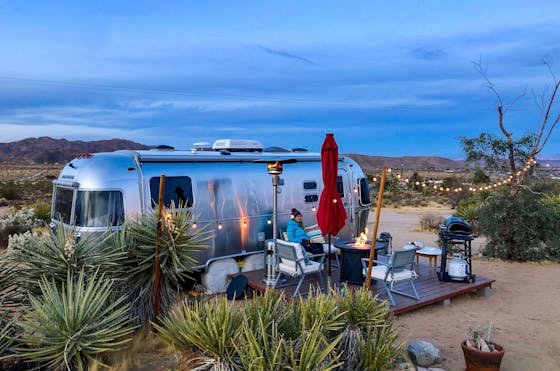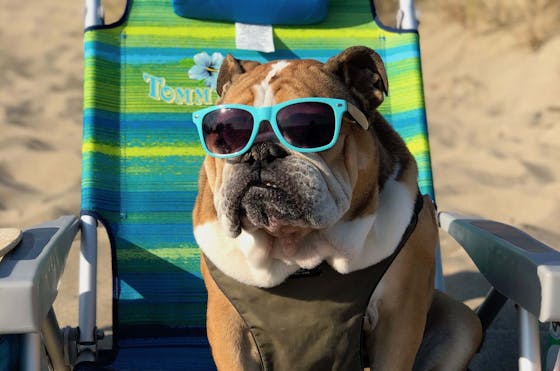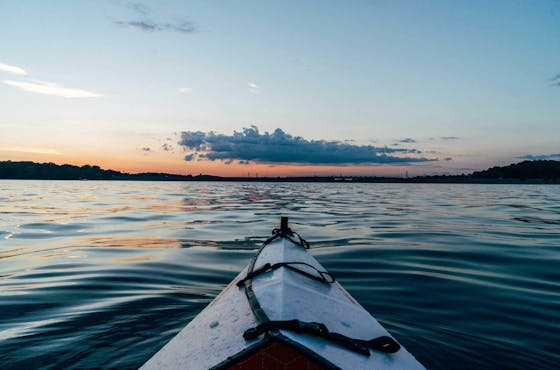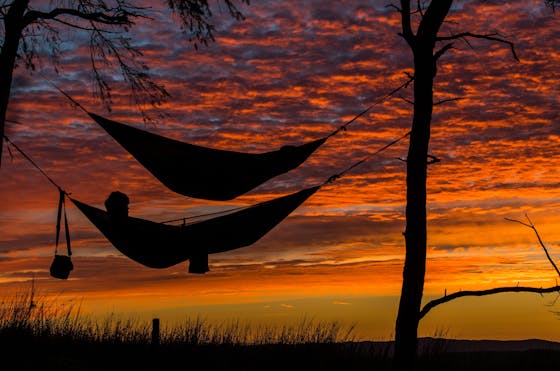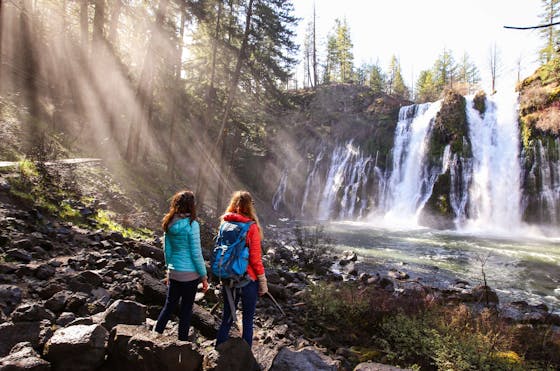The Great Wall of Los Angeles
See the mural storytelling at The Great Wall of Los Angeles
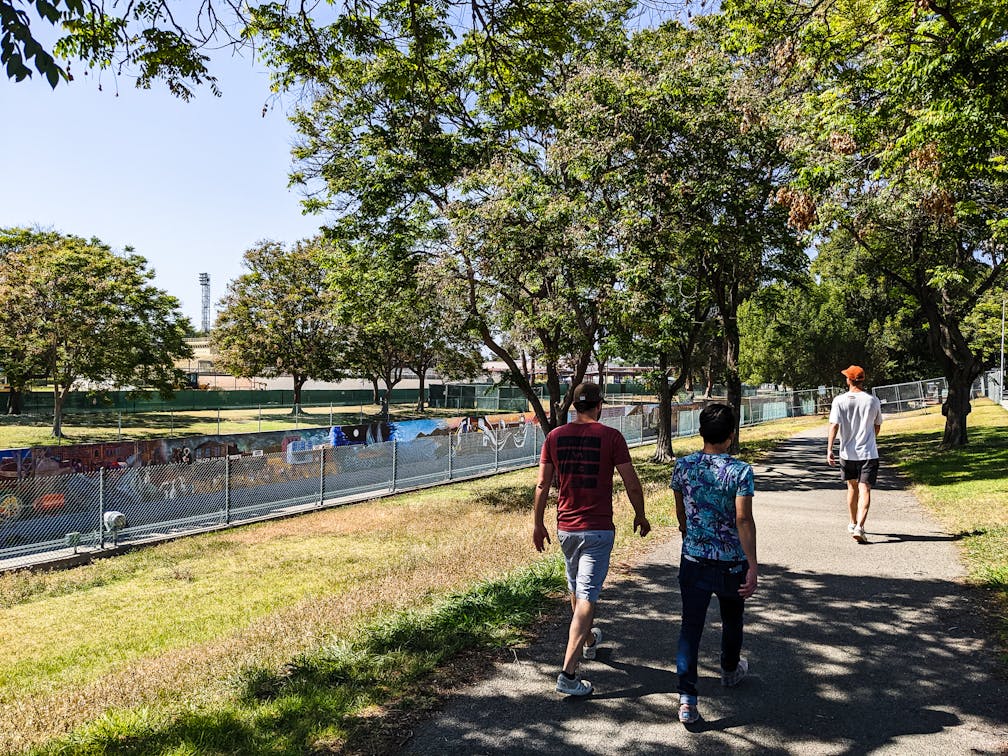
“The purpose of any monument is to bring the past into the present and inspire the future.” Without a doubt, the very best spot to realize UCLA professor Judy Baca’s quote is the Great Wall of Los Angeles, one of the most impressive, unique, and undeniably beautiful works of art in the entire city—perhaps because she began it in 1976! The half-mile-long mural can be experienced via a 1-mile out-and-back through the Tujunga Greenbelt in North Hollywood.



Started by Baca and the Social and Public Art Resource Center (SPARC, of which she is co-founder), the mural is a continuous “work in progress” that currently depicts the Golden State’s past from prehistoric California to the 1960s, with plans to hold civic dialogue sessions to design the remaining four decades of the century. Find street parking near Burbank Boulevard and Coldwater Canyon Avenue, where the mural begins chronologically (at 20,000 BC).



The viewing path, which meanders under a variety of trees, from palms to pines to sycamores, flanks the mural and Tujunga wash to the east. SPARC’s vision for the iconic LA landmark was one of interracial harmony: “a pictorial representation of the history of ethnic peoples of California from prehistoric times to the 1950s.” Completed initially over five summers (and of course, still continuing) in the flood control channel, the massive effort garnered over 400 youth and families working with artists, historians, scholars, and other community members. Today, Angelenos have the great honor to both gaze at and learn from the longest mural in the world.

You could spend hours over the half-mile stretch, and though the amount of history may be overwhelming, we highly encourage googling to find out more about each titled piece, from Chumash history to the legend of Califa to the founding of Los Angeles. The specific, lesser-known stories may offer the greatest learnings, such as that of William A. Leidesdorff, the biracial pilot of the first steamboat to arrive in San Francisco Bay, or the Dunbar Hotel, which was one of the only places in LA that black musicians (see Billie Holiday on the mural) were allowed to play and stay during the heyday of jazz.
While the current mural ends with a depiction of American minorities who overcame obstacles to win Olympic events (with a final runner carrying the torch into the 1960s civil rights movement) at the intersection of Oxnard Street, there are plans to expand to the present day over another half-mile. And frankly, we can’t wait.

Bonus Noho Nosh: Looking for more art and history in North Hollywood? Take a brief walk (0.6 mile) up Coldwater Canyon Avenue to find the Tonga Hut, the oldest tiki bar in Los Angeles and an artistic site in itself. The drinks are strong and delicious (we like the Painkiller, Old Skool Zombie, and shared Scorpion Bowls) and the décor is tiki-tastic! If you seek mo’ Noho, head east to the vibrant Noho Arts District for food, drinks, and plenty of murals and public art!
To get to the Great Wall of Los Angeles trailhead, take the US-101 to the Coldwater Canyon Dr. exit and head north. After 1 mile, you reach the intersection with Burbank Blvd. and the beginning of the mural (and street parking). Dog-friendly (Tonga Hut has an outdoor space for dogs too)!
Story and photos by Matt Pawlik, @mattitudehikes


